
Creative ideas usually pop up in the calm moments before the day takes over. What you do right after waking can shape how fresh and inspired your ideas feel all day long. No need for complicated rituals, just straightforward habits that turn your brain’s creativity dial up a notch. Swipe and see which ones could work for your mornings.
Waking Up Without Screens

Start the day screen-free. This simple habit reduces input overload and protects early-morning clarity. Without instant distractions, fresh ideas have space to surface. It helps reset your mind after sleep and sets a calmer tone for the day. Fun detail: Jony Ive, the former Chief Design Officer at Apple, reportedly avoided screens until after breakfast.
Sketching For 10 Minutes Before Anything Else
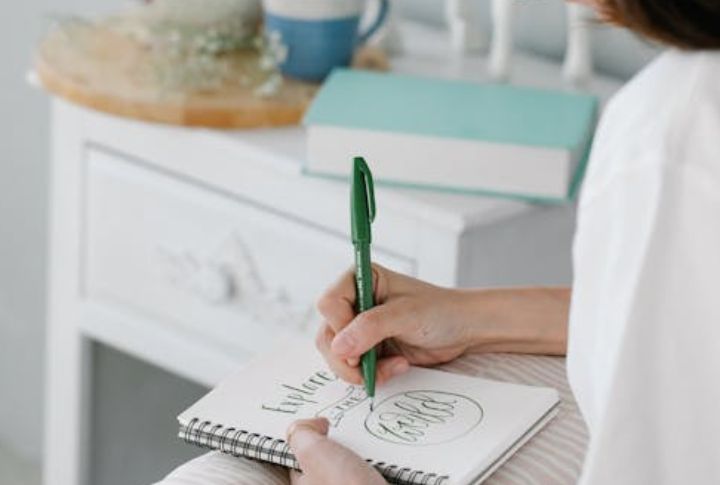
Beginning each morning with ten minutes of sketching lets ideas move straight from thought to paper before logic interrupts. As a result, visual thinking gets a head start and early distractions are kept at bay. Some of the drawings spark new project ideas, and sometimes point to areas that feel unclear or need more thought.
Listening To Instrumental Music While Getting Ready
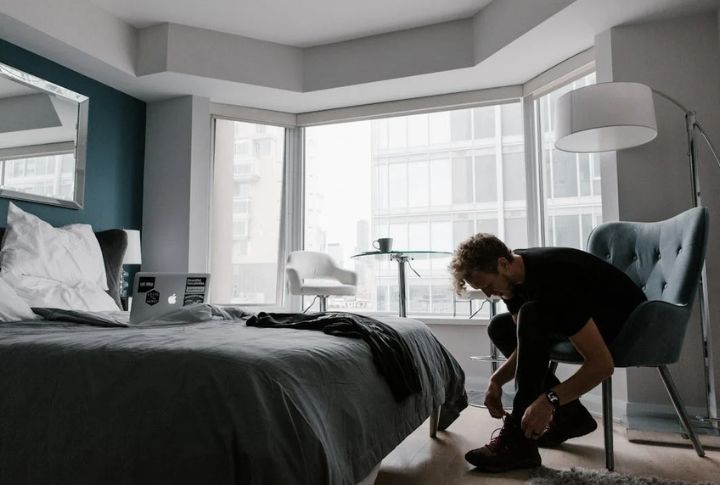
Instrumental music sets a calm tone without the distraction of lyrics. The steady rhythm supports clear thinking and sparks creative flow. Many stick to background tracks, such as soft piano, that don’t get in the way. Others even keep the music going in the shower to stay mentally focused from start to finish.
Practicing Breathwork Before Sitting At A Desk

Before starting your work, take a few minutes to slow down and just breathe. Deep breathing clears tension, settles your thoughts, and makes everything feel a bit lighter. People usually say it helps reset the mind and create a clean mental slate. Apps like Breathwrk or Headspace offer creativity sessions that are easy to follow.
Sipping Coffee While Reviewing Inspiring Work

A steaming mug and a scroll through fresh ideas can gently spark the creative brain. The caffeine sharpens focus, and the visuals spark fresh ideas. Platforms such as Pinterest and Behance are popular picks. Instead of sorting by project, some organize saved work by mood. This ritual is commonly called “visual espresso.”
Doing Light Stretching To Loosen Mental Blocks
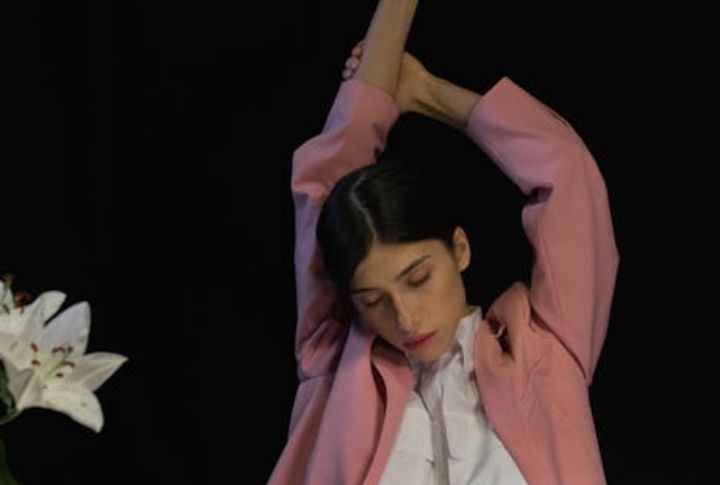
Shoulder rolls, side bends, even a gentle neck tilt—anything light works. It’s less about exercise and more about shifting the brain out of sleep mode. Paul Rand, the legendary graphic designer, famously rolled his shoulders before client meetings. Nowadays, teams stretch together over Zoom, pairing movements with creative tasks.
Mind Mapping Ideas With Pen And Paper

Drawing a mind map by hand encourages ideas to unfold in unexpected ways. Themes become easier to group, and the layout usually reveals connections missed on a screen. Colored pens and odd shapes help steer the process visually. This physical act of writing slows you down just enough to think more deeply and creatively.
Drinking Water With Lemon To Wake The Brain

After waking up, don’t reach for coffee because lemon water offers a different kind of boost. The citrus aroma gently nudges the brain awake, while hydration kicks in after hours without water. Toss in mint or ginger, and the refreshing taste helps keep focus steady during long work hours.
Lighting A Candle Or Incense While Planning Tasks
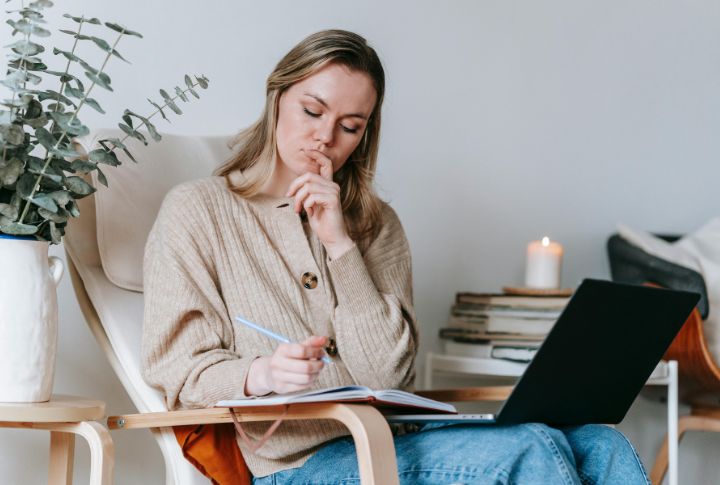
In many creative studios, especially across Scandinavian countries like Sweden and Denmark, lighting a candle or incense has become part of the planning ritual. The scent sets the tone, helps ideas flow, and even boosts memory. Teams pick specific fragrances to match a client’s brand or mark phases in a project.
Morning Walks To Jumpstart Visual Thinking
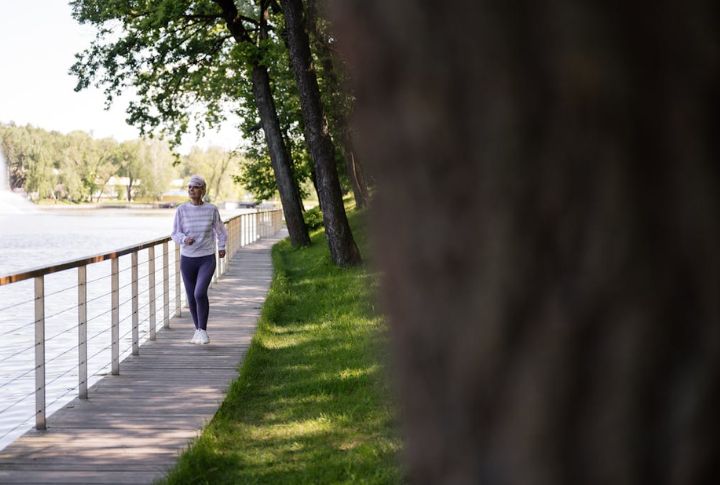
A morning walk creates space to think clearly and plan without distractions. As the mind relaxes, design problems often become easier to solve. Small details along the way—like signs or surfaces—can lead to layout breakthroughs. Entire concepts sometimes come together mid-walk, long before any tools are picked up.

